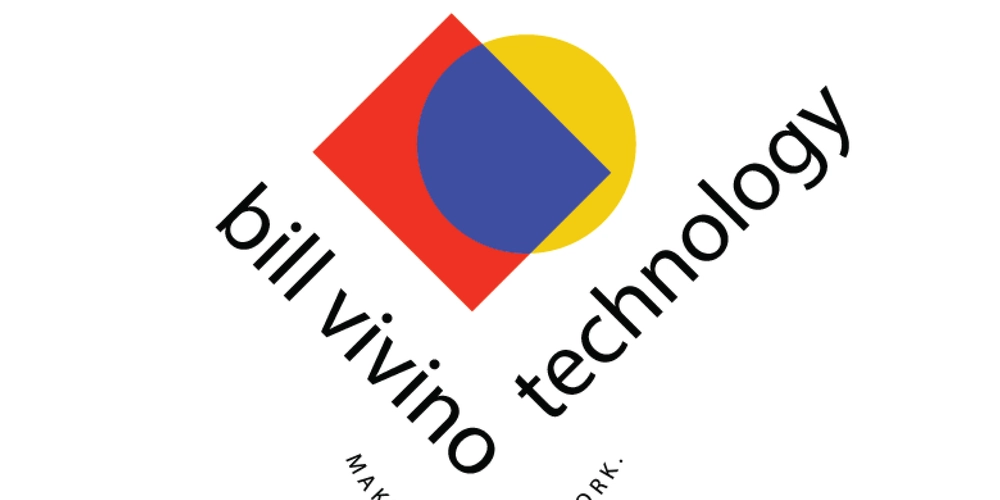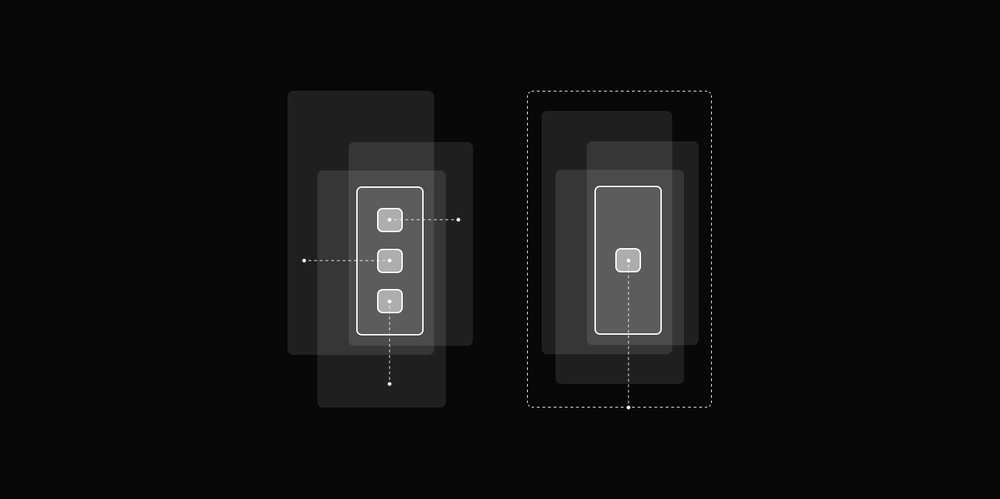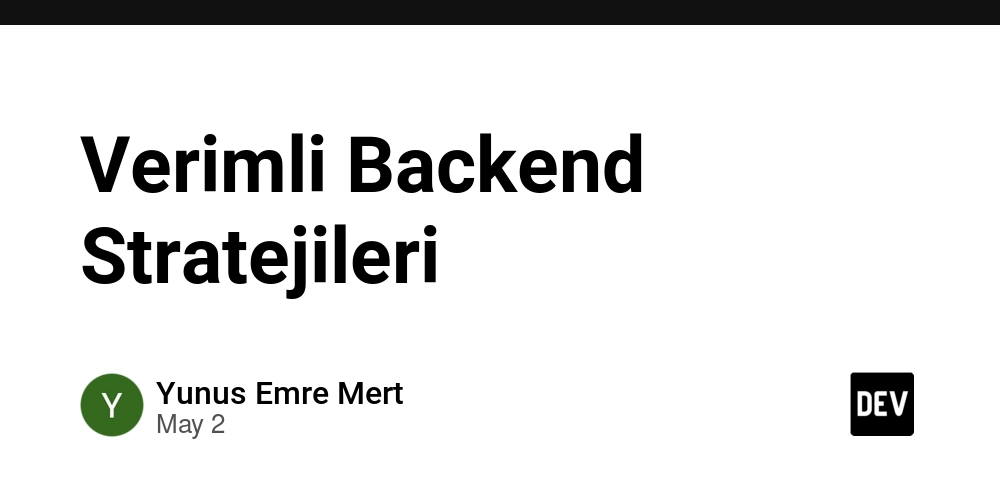Cursor's New "/Generate Cursor Rules" Feature: A Game-Changer for Development Team
Cursor recently released a powerful new feature with their 0.49 update: the ability to generate Cursor Rules directly from conversation using the /Generate Cursor Rules command. As someone who uses Cursor extensively in daily development, I was eager to test this feature and share my experience. Why Cursor Rules Matter At Transilience AI, where I serve as the only front-end developer, maintaining consistent coding standards is crucial. We're building multiple cybersecurity solutions, and I need to create templates that allow backend engineers to clone repositories and start development without requiring my constant assistance. Cursor Rules play a vital role in establishing this ecosystem. Previous Methods vs. The New Approach Previously, developers had several options for generating Cursor Rules: Cursor Rule Maker Awesome-cursorrules Template repositories While these tools were helpful, they provided generic rules that required significant customization to match specific coding standards. The new /Generate Cursor Rules command eliminates this hassle. Simply use the command in Agent mode, and Cursor will analyze your codebase to generate tailored rules. Testing the Feature When testing with the gemini-2.5-pro model, results were somewhat disappointing. However, switching to Claude 3.7's thinking model produced excellent results. In just three prompts, I received customized rules perfectly suited to our Transilience AI marketing website codebase. Prompt-1: Article content and this is the summary of result It was still not perfect, though. But giving some prompts to generate the rest of the rules completed the job. Still, it will miss some custom needs. You add those, and it is done. Prompt-2: this is good can you see if you there is a scope for more rules. I can see for front end development we can set a rule, for icon it should look for iconify package and follow the existing use cases. Please see if there are any additional rules we can include. and this is the result I remove animation-pattern.mdc, form-handling.mdc, seo-practices.mdc, as I didn't need this. The rules are very important. There are multiple ways to integrate iconify icons in the NextJs application. After trying all of them, I chose one to go with. These rules set the standard for future contributors. Here is the icon-usage.mdc At last, I figured that it missed the Shadcn implementation while creating a new reusable low-level component, so I passed one last prompt. Prompt-3: In the coding-standards.mdc, specify that if a new reusable component needs to be created, shadcn should be used. And result The Value of Custom Rules These custom rules provide significant benefits: They help new contributors follow established standards They enable non-front-end developers to add features while maintaining consistency They reduce the need for constant oversight and feedback Just remember to update your rules as your codebase evolves. This is our Transilience AI marketing website codebase, which is kind of simple, nothing complicated. Conclusion Cursor's /Generate Cursor Rules feature is a remarkable addition that simplifies maintaining coding standards across development teams. By generating contextually relevant rules through conversation, it significantly reduces the effort required to establish and enforce coding guidelines. For teams like ours at Transilience AI, where different specialists need to collaborate seamlessly, this feature is invaluable.

Cursor recently released a powerful new feature with their 0.49 update: the ability to generate Cursor Rules directly from conversation using the /Generate Cursor Rules command. As someone who uses Cursor extensively in daily development, I was eager to test this feature and share my experience.
Why Cursor Rules Matter
At Transilience AI, where I serve as the only front-end developer, maintaining consistent coding standards is crucial. We're building multiple cybersecurity solutions, and I need to create templates that allow backend engineers to clone repositories and start development without requiring my constant assistance. Cursor Rules play a vital role in establishing this ecosystem.
Previous Methods vs. The New Approach
Previously, developers had several options for generating Cursor Rules:
- Cursor Rule Maker
- Awesome-cursorrules
- Template repositories
While these tools were helpful, they provided generic rules that required significant customization to match specific coding standards.
The new /Generate Cursor Rules command eliminates this hassle. Simply use the command in Agent mode, and Cursor will analyze your codebase to generate tailored rules.
Testing the Feature
When testing with the gemini-2.5-pro model, results were somewhat disappointing. However, switching to Claude 3.7's thinking model produced excellent results. In just three prompts, I received customized rules perfectly suited to our Transilience AI marketing website codebase.
Prompt-1:
Article content and this is the summary of result
It was still not perfect, though. But giving some prompts to generate the rest of the rules completed the job. Still, it will miss some custom needs. You add those, and it is done.
Prompt-2:
this is good can you see if you there is a scope for more rules. I can see for front end development we can set a rule, for icon it should look for iconify package and follow the existing use cases. Please see if there are any additional rules we can include.
and this is the result
I remove animation-pattern.mdc, form-handling.mdc, seo-practices.mdc, as I didn't need this.
The rules are very important. There are multiple ways to integrate iconify icons in the NextJs application. After trying all of them, I chose one to go with. These rules set the standard for future contributors. Here is the icon-usage.mdc
At last, I figured that it missed the Shadcn implementation while creating a new reusable low-level component, so I passed one last prompt.
Prompt-3:
In the coding-standards.mdc, specify that if a new reusable component needs to be created, shadcn should be used.
And result
The Value of Custom Rules
These custom rules provide significant benefits:
- They help new contributors follow established standards
- They enable non-front-end developers to add features while maintaining consistency
- They reduce the need for constant oversight and feedback
Just remember to update your rules as your codebase evolves.
This is our Transilience AI marketing website codebase, which is kind of simple, nothing complicated.
Conclusion
Cursor's /Generate Cursor Rules feature is a remarkable addition that simplifies maintaining coding standards across development teams. By generating contextually relevant rules through conversation, it significantly reduces the effort required to establish and enforce coding guidelines. For teams like ours at Transilience AI, where different specialists need to collaborate seamlessly, this feature is invaluable.















































































